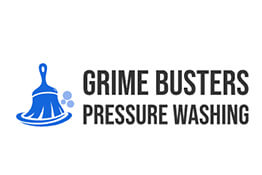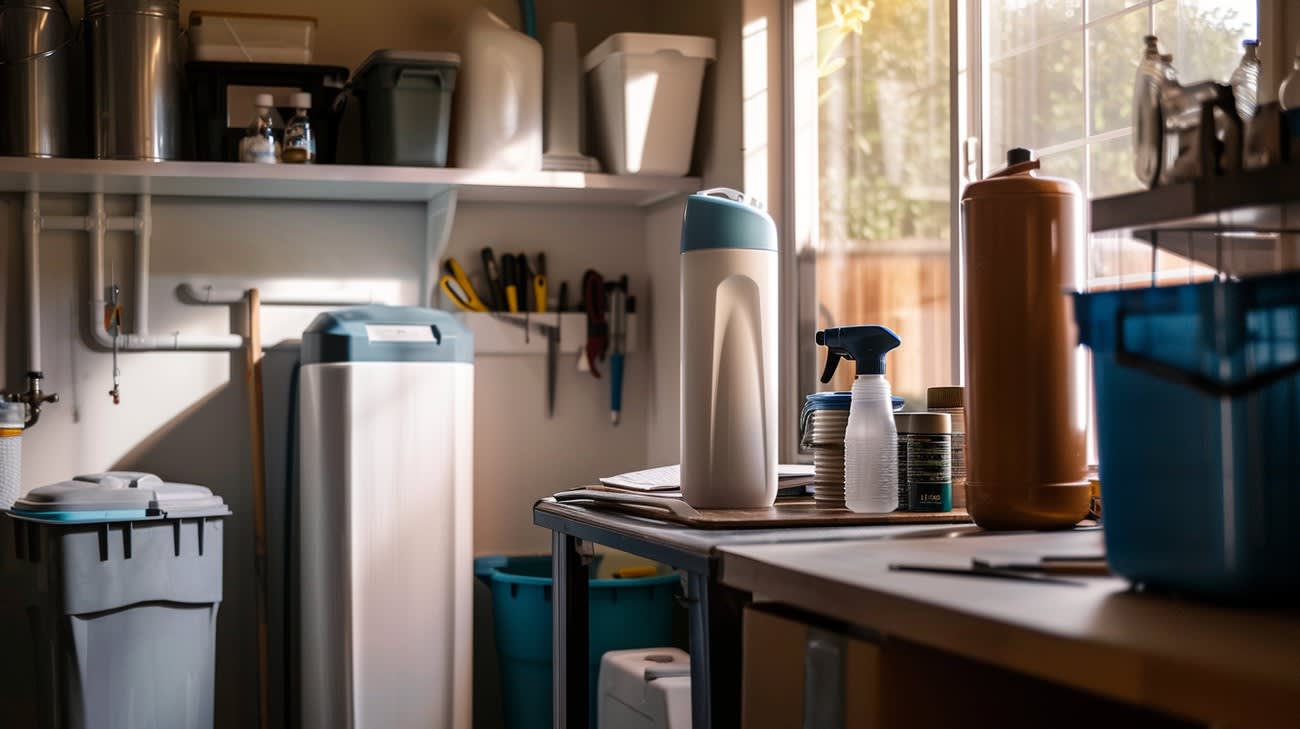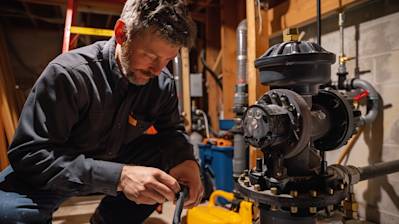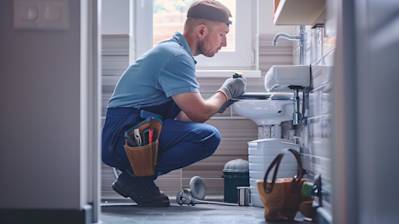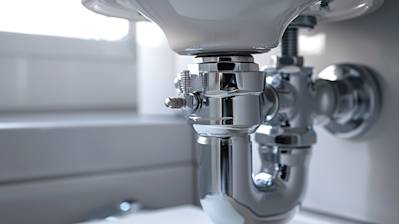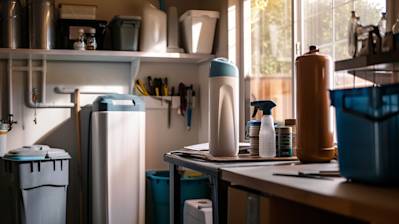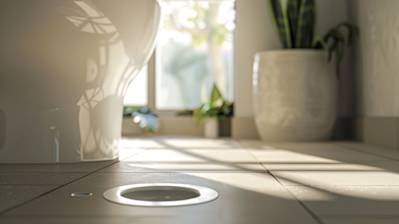Water softeners play a critical role in maintaining the quality of water in your home by mitigating the effects of hard water. Over time, however, these devices can wear out and may require replacement. Understanding when and how to replace a water softener is crucial for ensuring continued water quality. This guide will walk you through the essentials of water softener replacement, offering insights to keep your water supply pristine and your appliances running smoothly.
Understanding Water Softeners
Water softeners work by removing minerals such as calcium and magnesium from hard water. These minerals, while not harmful to health, can cause scaling on pipes and appliances, and make soaps and detergents less effective. A functioning water softener swaps these hard minerals with sodium or potassium ions, thus "softening" the water.
Signs Your Water Softener Needs Replacement
It's important to know when your water softener might be failing. Here are some signs that might indicate it's time for a replacement:
- Reduced Water Flow: A clogged system can cause a decline in water pressure.
- Frequent Repairs: Increased frequency of repairs can indicate that a new unit might be a wiser investment.
- Increased Soap Usage: Needing more soap or detergent for dishes and laundry than before.
- Scale Buildup: Noticeable buildup on faucets and showerheads.
- Change in Water Taste: A change in taste may indicate hardness levels have risen.
Lifespan of a Water Softener
Typically, water softeners can last anywhere from 10 to 15 years. Regular maintenance can help extend their life, but factors such as the hardness of your water and usage levels can impact this span. Be proactive and monitor your system's performance to avoid unexpected failures.
Choosing a Replacement
Selecting the right replacement involves considering several factors:
Size and Capacity
Ensure that the new unit can handle your home's water needs. Calculate the right size by estimating your household's water usage and the hardness of your water. A professional assessment might be helpful for precise calculations.
Type of System
- Salt-Based Softener: The most common, effective in reducing hard minerals.
- Salt-Free Conditioner: Not technically a softener but can prevent scale buildup.
- Dual-Tank System: Ideal for homes with significant usage as it provides a continuous supply of soft water.
Features to Consider
Look for features that suit your needs and enhance convenience:
- Digital Control Head: Monitors usage and makes adjustments.
- Regeneration Setting: Choose between timer-based or demand-initiated regeneration for efficiency.
- Warranty: A robust warranty can be a good indication of durability.
Installing a New Water Softener
Installation might seem daunting, but it can be manageable with the right guidance.
Step-by-Step Installation
- Turn Off Water and Power Supply: Ensure to shut off the main water supply and power before beginning.
- Remove Old Softener: Disconnect the unit from the plumbing and drainage systems.
- Install New Unit: Position the new softener and secure connections to the inlet and outlet valves.
- Connect Drain Line and Overflow Tube: Ensure proper drainage to prevent leaks.
- Turn On and Test: Gradually turn the water supply back on, checking for leaks and ensuring the system regenerates as planned.
Benefits of a New Water Softener
Replacing your water softener comes with numerous benefits:
- Improved Water Quality: Ensures efficient removal of hard water minerals.
- Energy Efficiency: New models are often more energy-efficient, reducing utility costs.
- Extended Appliance Lifespan: Protects against scale buildup, maintaining appliances longer.
- Enhanced Skin and Hair: Softer water can improve skin conditions and make hair feel smoother.
Maintenance Tips for Longevity
To get the most out of your new water softener, regular maintenance is essential:
- Check Salt Levels Regularly: Ensure that the brine tank is sufficiently full.
- Clean the Brine Tank: A yearly cleaning can prevent buildup and malfunctions.
- Inspect Valve Operation: Ensure all valves are functioning correctly and not corroded.
- Schedule Professional Inspections: An annual check by a professional can preemptively address potential issues.
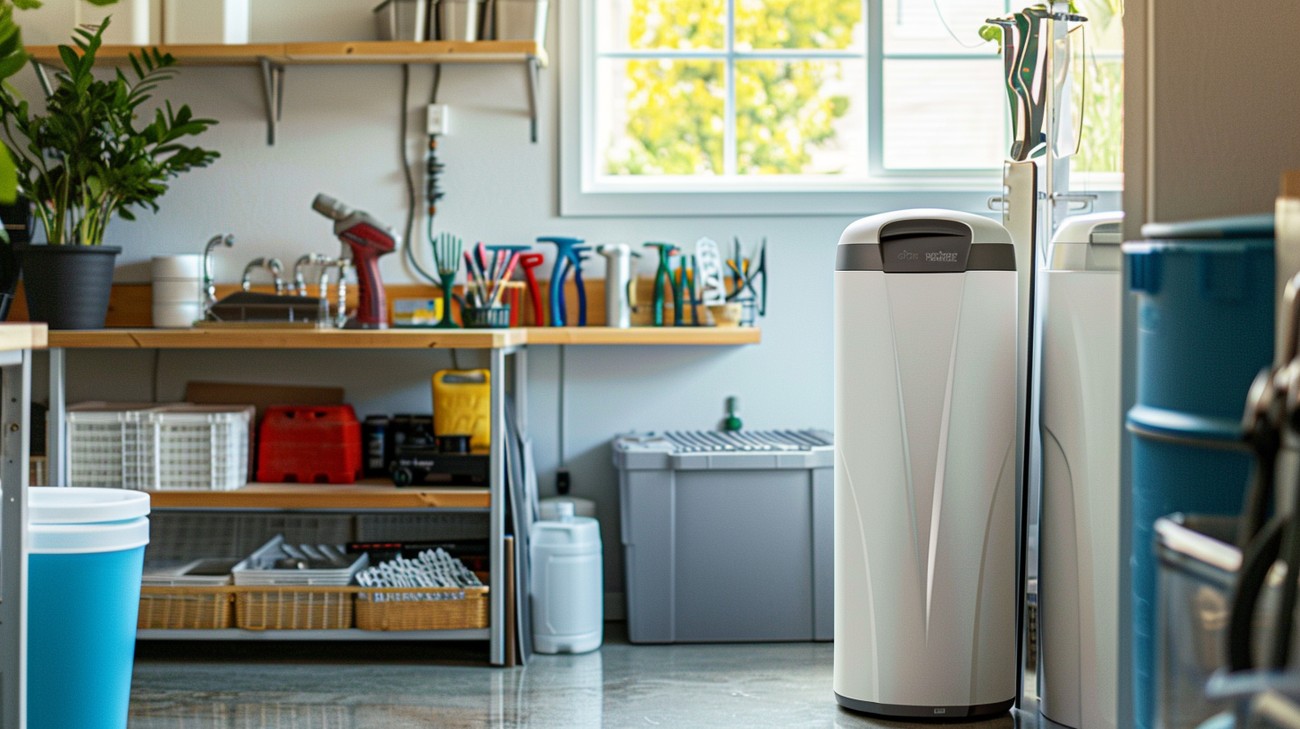
Frequently Asked Questions About Water Softener Replacement
Why is my water softener no longer effective?
Over time, the components of a water softener can wear out or become clogged with minerals, reducing its effectiveness. Resin beads, crucial for ion exchange, may break down after years of continuous use. The control valve or brine tank might also experience issues, impacting performance. Regular maintenance can help, but eventually, a replacement may be necessary to restore soft water to your home.
How often should I replace my water softener?
Water softeners typically last 10 to 15 years, depending on the model and usage. If your water usage is high or if your water contains a lot of hardness, you might need to replace the unit sooner. Regular check-ups can help determine when a replacement is due, as signs like decreased water pressure or hard water spots indicate the need for a new system.
What are the signs that I need a water softener replacement?
Several signs suggest it's time to replace your water softener. These include an increase in soap scum, difficulty lathering soap, stains on dishes and fixtures, clothes feeling scratchy, and visible hard water spots. Additionally, if you've been repairing the system frequently or notice a significant drop in water quality, it could be time for a new unit.
How can I prepare for a water softener replacement?
Before replacing your water softener, ensure you understand your household’s water needs and any changes that may have occurred since your last system was installed. It’s wise to have a professional evaluate your home’s plumbing and current system. Clear the area around the existing unit for easy access and consider the type and size of the replacement water softener you'll need.
Is it necessary to hire a professional for water softener replacement?
While some experienced DIY enthusiasts may feel confident enough to tackle a water softener replacement, hiring a professional is often recommended. A professional guarantees that the installation meets local codes and is free of leaks. They can also advise on system selection and ensure proper setup for optimal performance.
What type of water softener should I choose for replacement?
The right water softener replacement depends on your water hardness level, household size, and budget. Ion-exchange systems are popular, effectively removing calcium and magnesium. However, salt-free conditioners, dual-tank softeners, and magnetic systems are alternatives to consider. Research each type to find the best fit for your home.
Can I upgrade to a more modern water softener model?
Absolutely! If your current water softener is outdated, replacing it with a modern model can enhance efficiency and capability. Newer models often conserve more water and salt, feature advanced digital controls, and offer easier programming. Technological improvements can lead to better results and reduced operational costs over time.
How much will it cost to replace a water softener?
The cost of water softener replacement varies based on system type, capacity, and installation fees. Basic models start around $400, but more advanced systems can exceed $2,000. Factor in professional installation, which may add several hundred dollars more. It’s important to balance your budget with the need for a reliable and efficient system.
What should I do with the old water softener unit?
Many regions have recycling programs for old water softeners, allowing you to dispose of them responsibly. Alternatively, check with your local waste management service for disposal guidelines. Some companies that sell new water softeners also offer removal services for the old unit as part of the installation package.

Cost Breakdown
Typical Price Ranges
First things first, how much are you looking at? The cost of water softener replacement can land anywhere between $500 and $3,000. A basic, budget-friendly water softener system can cost as little as $500 to $1,000, while more sophisticated models with advanced features might set you back $1,500 to $3,000—or more. Installation expenses, which can range from $200 to $1,000, should also be factored into your budget.
Factors That Affect Cost
Several factors can influence the total cost you'll pay.
Type of System: The type of system you choose significantly impacts the price. Ion exchange systems are generally less expensive compared to dual-tank or salt-free systems.
Capacity and Size: Larger units designed to soften more gallons per day can be more costly. The number of household members and water hardness level will dictate the capacity needed.
Brand and Features: Popular brands with advanced features like digital displays, Wi-Fi connectivity, or multi-tank designs tend to cost more.
Labor: Where you live might impact labor rates. Complex installations or retrofits could increase installation costs.
Cost Comparison: Budget vs. Premium Options
Let's put things in perspective. If you're on a tight budget, a basic ion exchange water softener system could set you back $500 to $1,200, including installation. These might come with fewer bells and whistles but they'll get the job done.
On the other hand, if you're looking for a system with more features, enhanced efficiency, and longevity, you could be looking at $2,000 to $3,000. Premium systems often boast features like connected smart technology, higher flow rates, and extended warranties.
Hidden Costs to Consider
When budgeting, don't overlook these often-hidden costs:
Maintenance: Regular upkeep, like salt refills, can add up over time. Expect to spend around $30 to $50 per month.
Repairs: Occasionally, components might need repair or replacement. Having a warranty can alleviate unexpected expenses.
Water Testing: Determine water quality before installation. Water tests can cost between $50 and $250, depending on complexity.
Permits: In some locations, permits might be required for installation, adding another $50 to $200 to your expenses.
Ways to Save Money
Feeling the pinch? There are several strategies to lower costs without compromising on quality.

Timeline & Process
Phase 1: Planning and Assessment (1-2 days)
What Happens: Begin by assessing your current water softening needs. Check the existing system's capacity and note any issues you've experienced, like mineral buildup or inconsistent water quality.
Dependencies and Waiting Periods: No significant dependencies in this phase.
Preparation: Gather information about your water usage and hardness level. Document any issues with your current system. Research the latest water softening technologies.
Phase 2: Selection of New Water Softener (1-2 weeks)
What Happens: Research and select a new water softener. Consider system types, capacity, and features like energy efficiency and intelligent controls.
Dependencies and Waiting Periods: Availability of selected models and delivery times can affect this phase, especially if you order a model not in stock.
Preparation: Make a list of must-have features. Consult with water treatment professionals or read reviews to compare different models. Consider the size and location of the installation to ensure compatibility with your space.
Phase 3: Scheduling Removal and Installation (3-5 days)
What Happens: Once your new water softener arrives, schedule a professional installation, which will also include the removal of the old system.
Dependencies and Waiting Periods: Coordination with a qualified plumber is crucial. Their availability will dictate the scheduling of this phase.
Preparation: Clear the area around your existing water softener to provide easy access for the technicians. Arrange for a temporary water use plan if needed during the replacement process.
Phase 4: Removal of Old System (1 day)
What Happens: On the scheduled day, the professional will disconnect and remove your old water softener. Ensure proper disposal according to local regulations.
Dependencies and Waiting Periods: This is dependent on the completion of the scheduling phase.
Preparation: Confirm the appointment a day prior. Double-check that the area is free of obstructions and ensure all household members are aware of the temporary water disruption.
Phase 5: Installation of New Water Softener (1 day)
What Happens: The professional installs the new water softener, connecting it securely to the water supply and drainage system. They will configure settings tailored to your water usage and hardness level.
Dependencies and Waiting Periods: Installation follows immediately after the removal phase, provided no unexpected issues arise.
Preparation: Have all necessary paperwork ready, including the manual and warranty information of the new system. Discuss any concerns or specific installation preferences with the technician.
Phase 6: Testing and Final Adjustments (1-2 days)
What Happens: After installation, the system is thoroughly tested to ensure it's working correctly. Adjustments are made as necessary to optimize performance. Dependencies and Waiting Periods: Allow time for testing post-installation to address any immediate issues. Preparation: Test the water post-installation using a water hardness kit to verify improvements. Monitor the system for leaks or irregularities and keep contact information for the installer handy in case of questions.
Final Thoughts
Choosing the right time for water softener replacement is key to maintaining the quality of your home's water supply. Whether you're dealing with hard water issues or noticing changes in your current system's performance, addressing it promptly can save you from larger problems down the line. The peace of mind that comes from having soft water is well worth it, especially when you consider the benefits for your plumbing, appliances, and even your skin and hair.
If you're in Lexington, KY, we at KYPD Plumbing are here to help make that process as seamless as possible. Our experienced team can assess your current setup and guide you toward the best solutions tailored to your needs. Don't hesitate to reach out to us for a consultation or to request a free estimate. We’re dedicated to ensuring you enjoy the comfort and convenience of high-quality water.
Tags: home improvement, plumbing, water quality,
